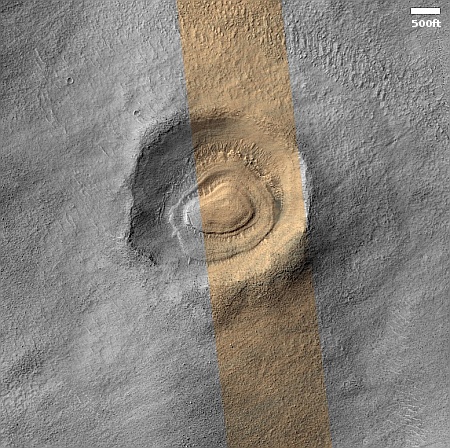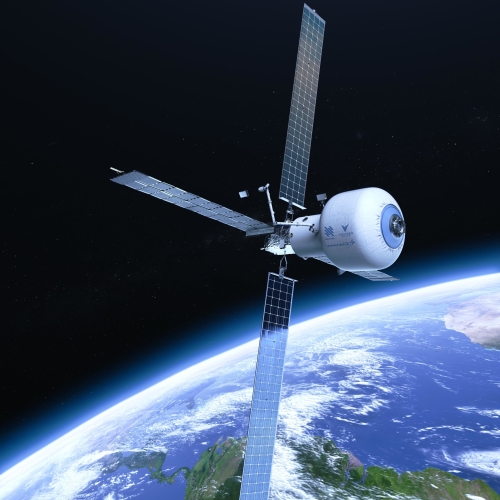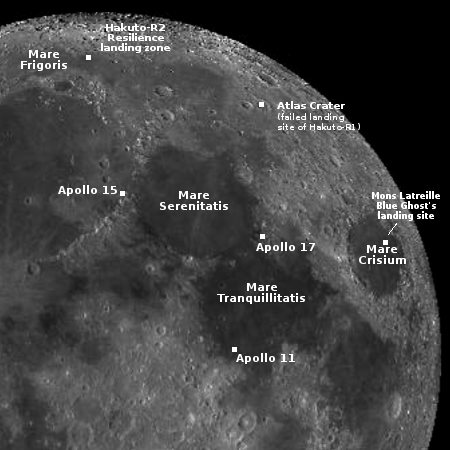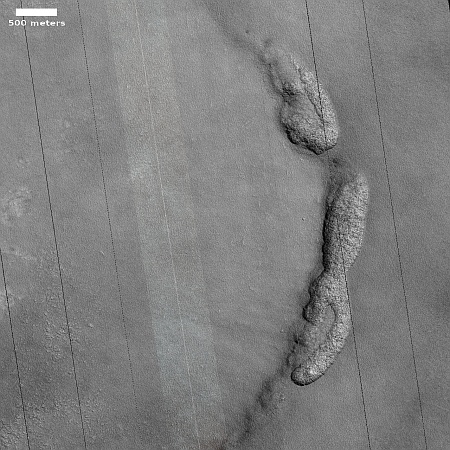On February 16, 2025 the new head of the Department of Transportation revealed that he had invited SpaceX to review its air traffic control operations in Virginia and make recommendations.
Tomorrow, members of @elonmusk’s SpaceX team will be visiting the Air Traffic Control System Command Center in VA to get a firsthand look at the current system, learn what air traffic controllers like and dislike about their current tools, and envision how we can make a new, better, modern and safer system.
Because I know the media (and Hillary Clinton) will claim Elon’s team is getting special access, let me make clear that the @FAANews regularly gives tours of the command center to both media and companies.
Many propaganda news reports immediately did exactly what Duffy predicted, quickly finding people to attack both Musk and Duffy for this action and giving them a bull horn for those attacks:
That prompted criticism from some aviation professionals. “SpaceX put people in danger yesterday and their for-profit corporation should reimburse every other for-profit corporation that had to divert, change course or delay because of their operations in the national airspace system,” wrote Steve Jangelis, aviation safety chair for the Air Line Pilots Association, in a social media post after the incident.
Like many in the propaganda press, this article made a big deal about the debris that fell in the Caribbean during the January Starship/Superheavy test flight when Starship broke up soon after stage separation. It however buried this fact to the very end of the article:
In the case if January’s launch, Diez said SpaceX coordinated “debris response areas” with ATO [the FAA’s Air Traffic Organization] beforehand, as it had done on past flights, but this was the first time the areas were activated. “It was only a matter of minutes from when it was activated to when airspace began to be cleared,” she said, sufficient given the time it would take for debris to fall into the airspace. The airspace was cleared in about 15 minutes, she added.
Those debris response areas are developed in coordination with the FAA’s Office of Commercial Space Transportation, or AST, said Katie Cranor, acting deputy director of AST’s office of operational safety, on the same panel. After the mishap, she said “only certain sections of the debris response areas were activated to allow traffic to still move freely.”
To put it more bluntly, SpaceX did the proper due diligence before launch — anticipating the possibility of such a failure — and worked well with the FAA to prepare for it. These facts have been conveniently left out of all the reports on that January launch, and we should at least give kudos to this article for finally mentioning it, albeit reluctantly.
Nonetheless, the insane hostile reaction to this invitation for help by the Transportation Department illustrates once again the stupidity of the left. In every case they attack blindly and without any thought at all, hoping such attacks will win them support and hurt their opponents. Instead, it simply makes them look petty and stupid, and is likely convincing their moderate supporters to rethink that support.









